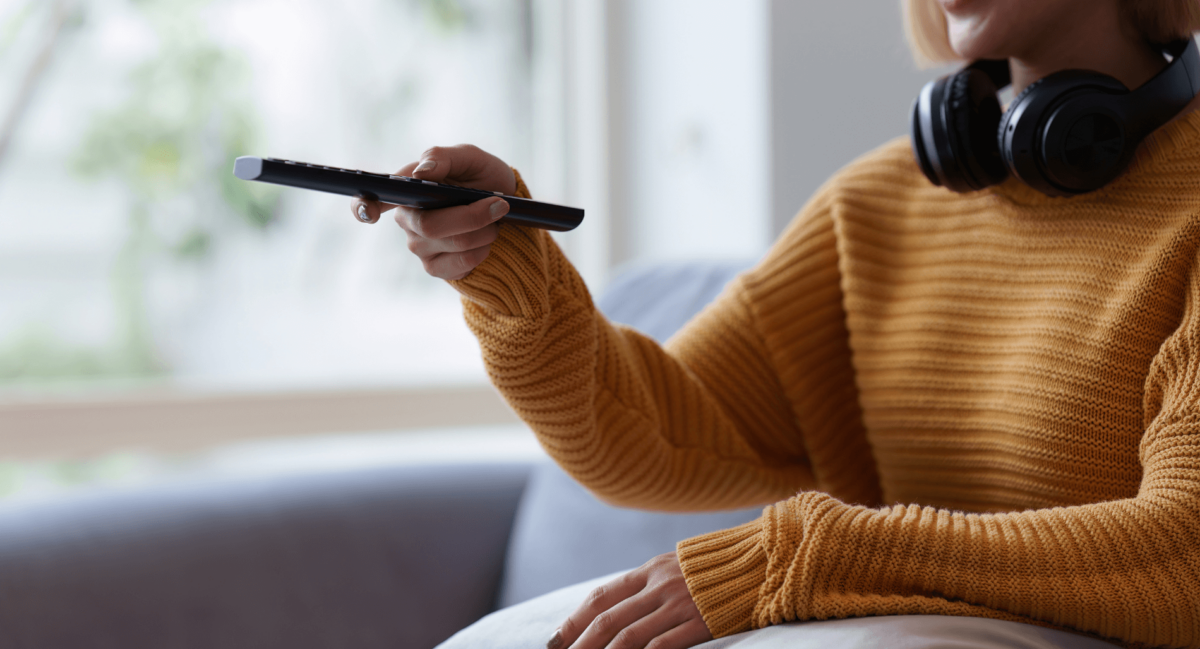Bluetooth technology has become a ubiquitous part of everyday life. It allows various electronic devices to communicate wirelessly over short distances. This means that devices like smartphones, tablets, computers, and even televisions can connect and share their audio without needing pesky wires. Bluetooth operates on radio waves in the 2.4 to 2.485 GHz range, a frequency that many other devices use, but it’s uniquely designed to avoid interference.
In hearing aids, Bluetooth works similarly to how it does in other devices but with some unique modifications to meet the specific needs of hearing aid users. Hearing aids with Bluetooth capability can connect wirelessly to a wide range of devices, providing a direct audio stream from these devices to the hearing aids. This direct connection enhances the user’s ability to hear sounds more clearly and comfortably.
The Benefits of Bluetooth Hearing Aids
Bluetooth hearing aids improve one’s listening experience. Traditionally, hearing aids amplify all sounds around the user, which can sometimes make it difficult to distinguish between different types of noises. Bluetooth allows hearing aids to receive audio input directly from a source, like a phone call, music, or television. This direct connection provides a clearer and more focused sound, free from background noise.
Making phone calls can be challenging for those with hearing loss. Traditional hearing aids might not filter out enough background noise or provide enough clarity for clear conversations. Bluetooth hearing aids solve this problem by streaming the phone’s audio directly into the hearing aids. This not only makes the sound clearer but also frees up the hands to perform other tasks.
Whether watching a movie, listening to music, or streaming a podcast, Bluetooth hearing aids make it easy to enjoy multimedia directly. This offers greater convenience and enhances the experience by delivering high-quality sound directly to the ears. Users no longer have to struggle with headphones that don’t fit well or interfere with the hearing aids; instead, they can enjoy a seamless audio experience.
Many Bluetooth hearing aids come with accompanying smartphone apps that allow users to customize their hearing settings remotely. These apps can offer controls for volume, sound balance, and specific listening programs for different environments. This provides a more tailored hearing experience and greater user control over their hearing aids.
Bluetooth hearing aids can also connect with other assistive listening devices, such as remote microphones and TV streamers. This connectivity further enhances the user’s hearing experience in challenging listening environments like meetings, classrooms, and noisy public spaces.
How Bluetooth Hearing Aids Work
The first step in using Bluetooth hearing aids is pairing them with the desired devices. Pairing involves enabling Bluetooth on the hearing aids and the other device and then scanning for available connections. Once the hearing aids and the device recognize each other, they will connect, and the pairing process will be complete.
Once paired, audio streaming can begin. When an audio signal is sent from the connected device, the Bluetooth hearing aids receive this signal and convert it into sound. This streaming process works seamlessly, providing a continuous and high-quality audio stream.
Bluetooth hearing aids often use more battery power than traditional hearing aids because of the constant communication with other devices. However, many modern hearing aids come with rechargeable batteries, addressing the issue of frequent battery replacement. Users can also manage battery life through settings provided in the accompanying apps.
Challenges and Considerations
While Bluetooth hearing aids offer numerous advantages, there are a few challenges and considerations to keep in mind.
Bluetooth operates in a frequency band shared with many other devices, which can sometimes lead to interference. However, modern Bluetooth technology includes features designed to minimize interference and ensure a stable connection.
Not all hearing aids and devices are compatible with each other. It’s essential to check that the hearing aids and the device to be connected support the same Bluetooth protocols and versions. Manufacturers usually provide compatibility lists and guidelines to help with this.
Some users may find the technology intimidating or challenging to learn initially. However, most manufacturers provide user-friendly apps and customer support to help users get comfortable with their new devices.
Conclusion
Bluetooth technology has revolutionized the way hearing aids work, making them more versatile and user-friendly. The ability to connect wirelessly to various devices greatly enhances the listening experience and offers users greater convenience and control. Though there are some considerations to keep in mind, the benefits overwhelmingly contribute to an improved quality of life for individuals with hearing loss. Embracing the power of Bluetooth in hearing aids opens up a world of possibilities for better hearing and communication.

